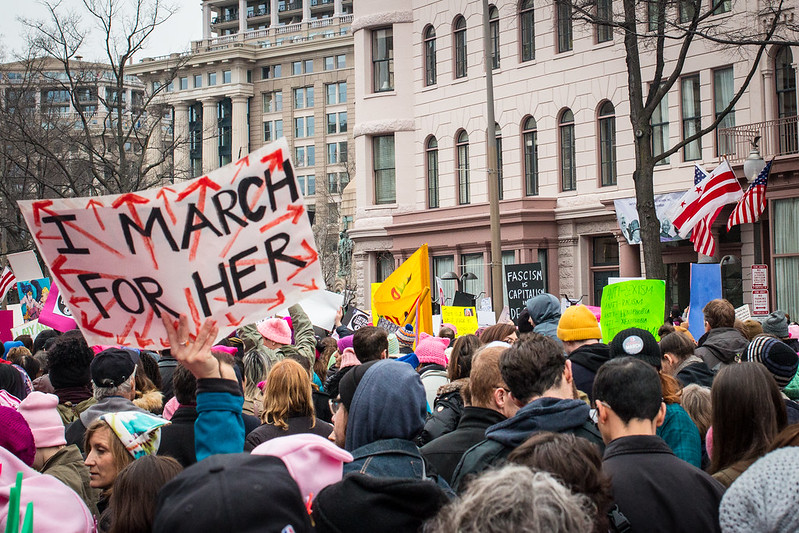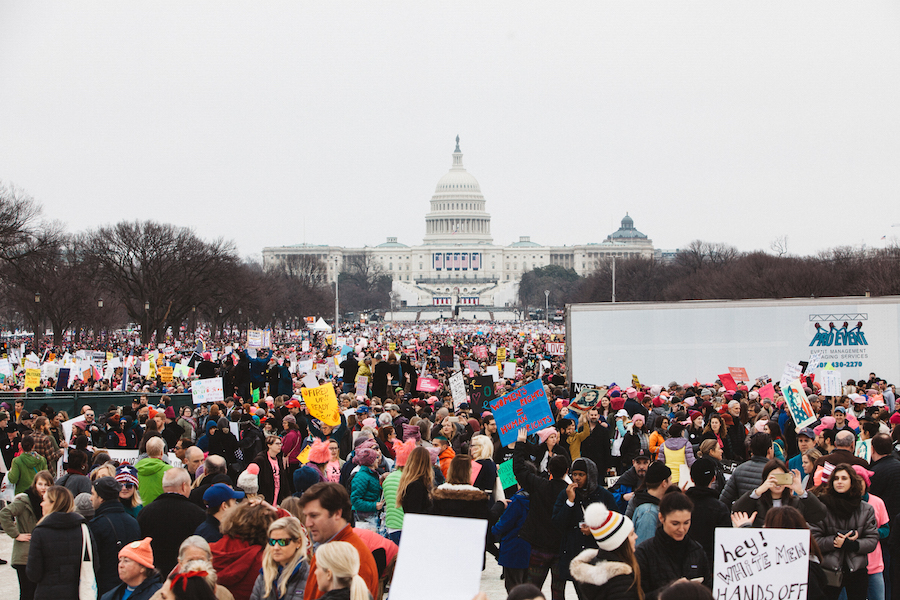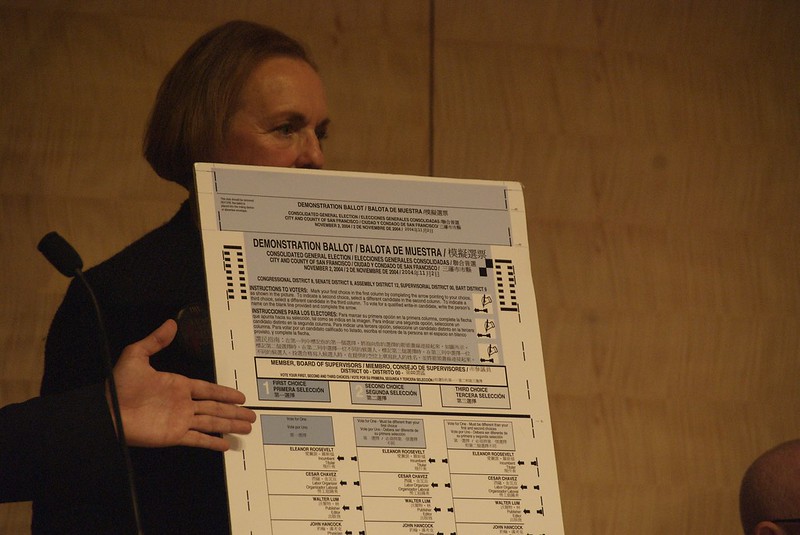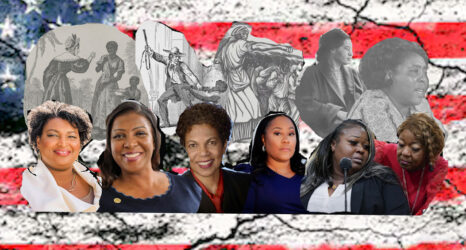
Since Democratic presidential candidate hopeful Joe Biden recently announced that his vice presidential pick would be a woman, many have been fiercely debating who would be the best candidate.
Regardless of which candidate he chooses, Biden’s commitment to selecting a female vice president serves as an acknowledgement that women’s representation is important for its own sake. His announcement also likely stems from a growing sense in the Democratic base that it is time.
However, Biden’s announcement should also stand as a reminder that electoral politics in the United States are still heavily skewed towards male candidates up and down the ballot. The U.S. can only address the lack of gender parity in political representation through a coordinated and conscious effort to support female candidates.
U.S. electoral history demonstrates the dangers of assuming that women’s representation will organically achieve gender parity. The 2018 elections were heralded as a “pink wave” when women candidates won a record-breaking number of seats in the House—yet women still only hold 23.4 percent of seats.
The Democratic primaries also illustrated the barriers that still exist for women trying to achieve the country’s highest office. Notably last November—when four female senators were still in the race for the Democratic presidential nomination—83 percent of Democratic voters said that they were “enthusiastic” about voting for a female candidate. However, only 33 percent of voters in either party said that they thought their neighbor would vote for a female candidate.
These numbers demonstrate that a healthy percentage of voters are still uncomfortable with the idea of a female president, since respondents often ascribe a political view they are embarrassed about to an imaginary neighbor. Additionally, most Americans clearly believe that women candidates are unelectable.
Gender Positive Quotas
Ideally, female candidates in the United States should not have to tackle the vestiges of systematic sexism alone.
Other countries prioritize increasing female representation through changes in their electoral laws. Over 100 countries have gender positive quotas designed to increase female representation in the legislature. Gender quotas work differently depending on the country and its electoral system. Generally, they require parties to run a certain percentage of female candidates for office.
The end result of gender quotas is that many countries have significantly increased their number of female representatives.
For example, Mexico’s Parliament is 48 percent female, South Africa’s is 43 percent female, and Sweden’s is 46 percent female. By comparison, even after the “pink wave,” the United States still ranks 75th in the world for female representation at the national level.
Women’s representation often suffers from a chicken-and-the-egg problem. Citizens tend to see women as less electable or less qualified because they are not used to having female candidates in office. Gender quotas work by normalizing women in positions of power: The default candidate is no longer male.
A fascinating 2009 Stanford study of India’s elections demonstrates how gender quotas can change attitudes towards female candidates. India adopted a unique quota system in which randomly selected local government seats would be reserved for female candidates for one election cycle.
After one cycle, elections would then return to normal. Surprisingly, seats that had been previously reserved for female candidates were over five times more likely to be awarded to female candidates in the next election than were seats that had never been reserved for women.
India’s unique quota system helped identify qualified women and encouraged them to run for office. It also demonstrated to parties and voters that women are electable. India’s experience is consistent with global studies that demonstrate that gender quotas increase confidence in women’s ability to govern.
To be clear, I am not arguing that the United States adopt formal gender quotas. Quotas generally work best in parliamentary systems, where voters vote for a particular party rather than an individual candidate.
However, the success that countries like Sweden, South Africa, India and Mexico have had with quotas—as well as the United States’ inability to come close to gender parity in terms of representation—indicates that the U.S. needs to make a conscious effort to overcome its low levels of female representation.

Rank-Choice Voting
Governments and civil society can make conscious decisions to tilt the playing field in favor of women’s representation without completely changing the country’s electoral system.
The state of Maine, as well as municipalities including San Francisco and New York City, have recently adopted rank-choice voting for state and local elections. As the name suggests, voters rank their choice of candidates on the ballot.

When the votes are tallied, the ballots for the candidate with the least number of votes are counted towards the voter’s second choice candidate. This process continues until one candidate has over 50 percent of the vote.
Early studies of rank choice voting suggest that it encourages the election of women and people of color because voters are less worried about “throwing away” their vote on a potentially “unelectable” candidate.
Campaign Finance Reform
In addition, female candidates tend to face a number of funding barriers: Female candidates tend to have fewer financial resources to start with and average donations to female candidates tend to be smaller.
Current movements directed at campaign finance reform or the public financing of elections could be harnessed to encourage female candidates. For example, greater public financing of elections would remove some of the barriers of entry for female candidates by mitigating some of the fundraising gaps between male and female candidates.
In addition, public financing of political parties could be tied to parties’ efforts to engage, train and run female candidates—as they are in France, Costa Rica and Panama.
In the U.S., there is a temptation for some to assume that if the state or federal government runs free and fair elections, the “best” candidate will prevail, and if the “right woman” runs for Congress or president she will win. However, this argument implies that the reason the United States has an overwhelming majority of male office holders is that men are just overwhelmingly more qualified to be in office.
Biden has demonstrated that he is willing to tip the scales by only considering female vice presidential candidates. However, female voters need to demand larger systematic changes to our electoral system, if the United States is ever going to achieve true gender parity in representation.
She must persist.





